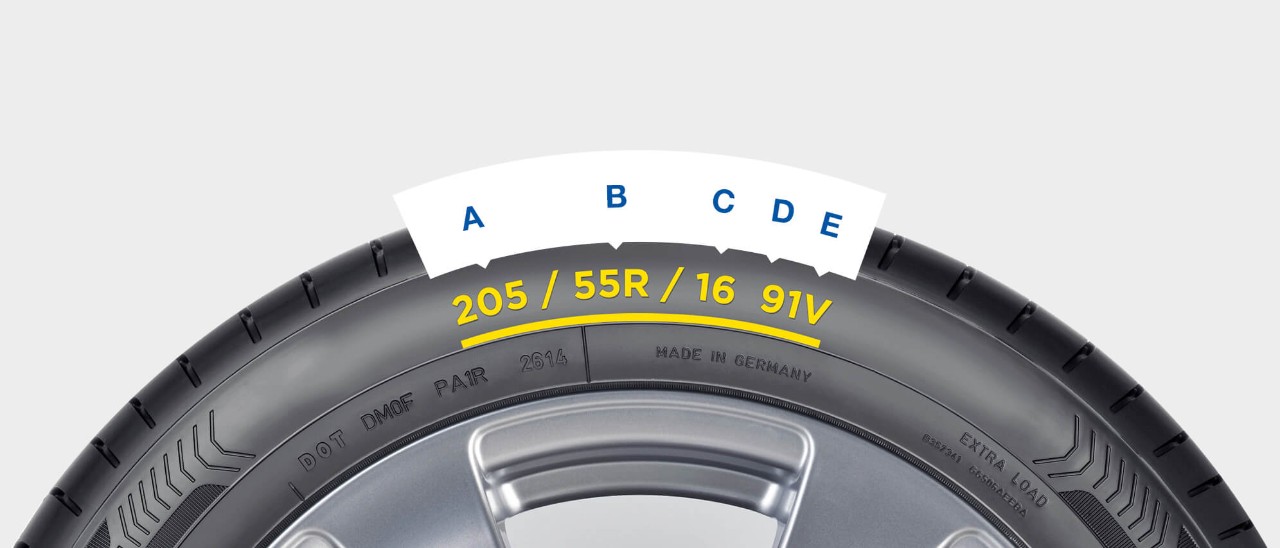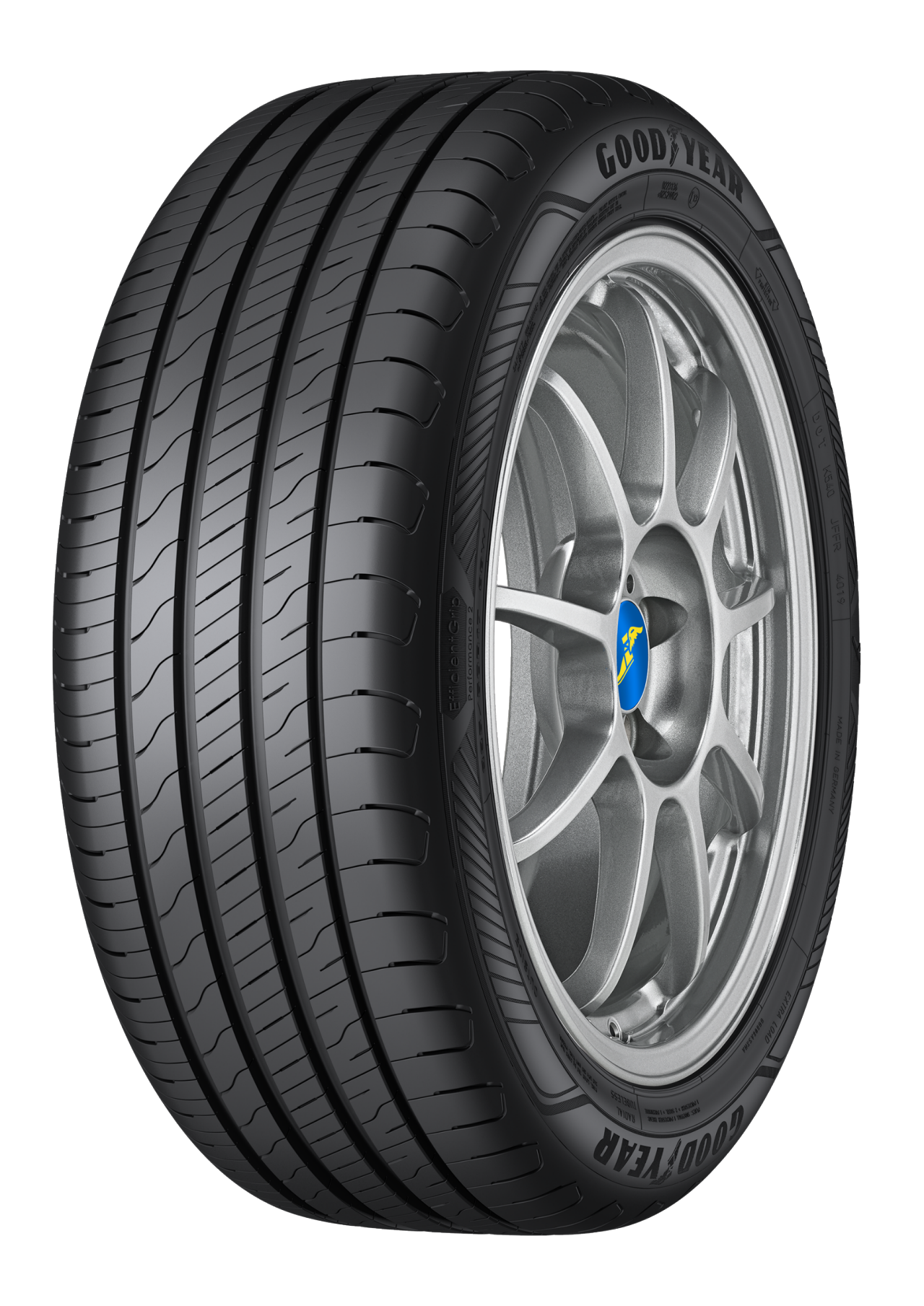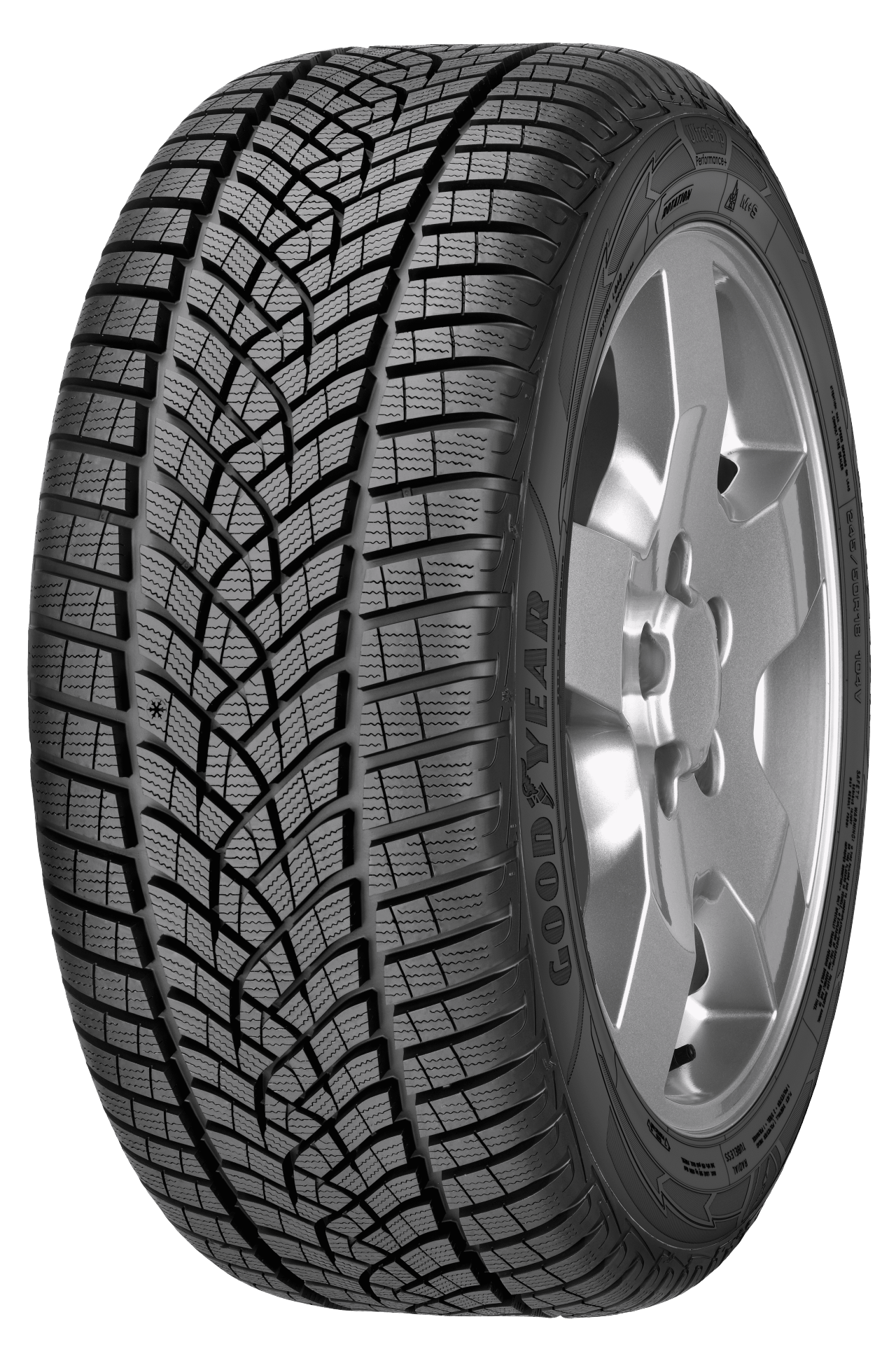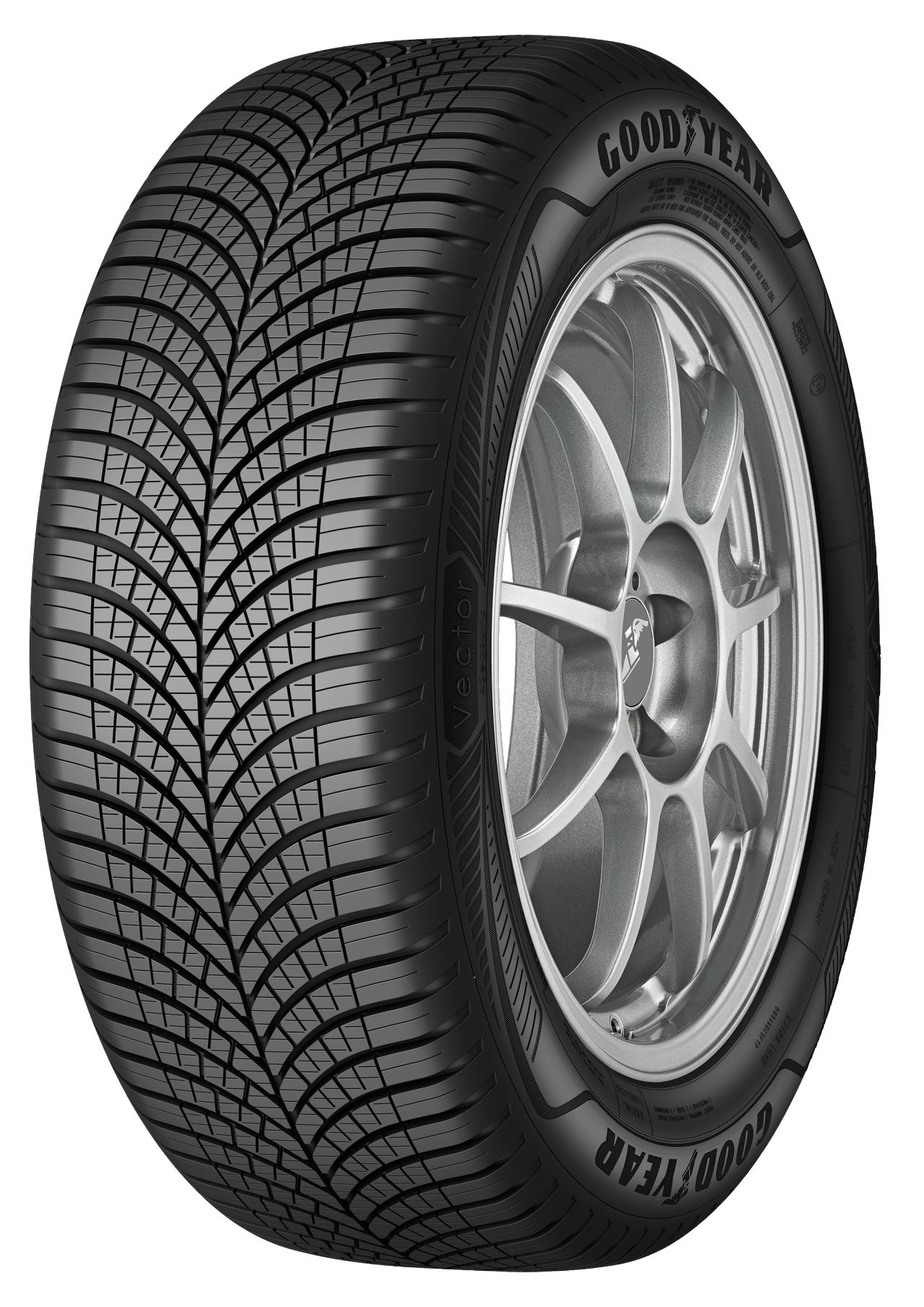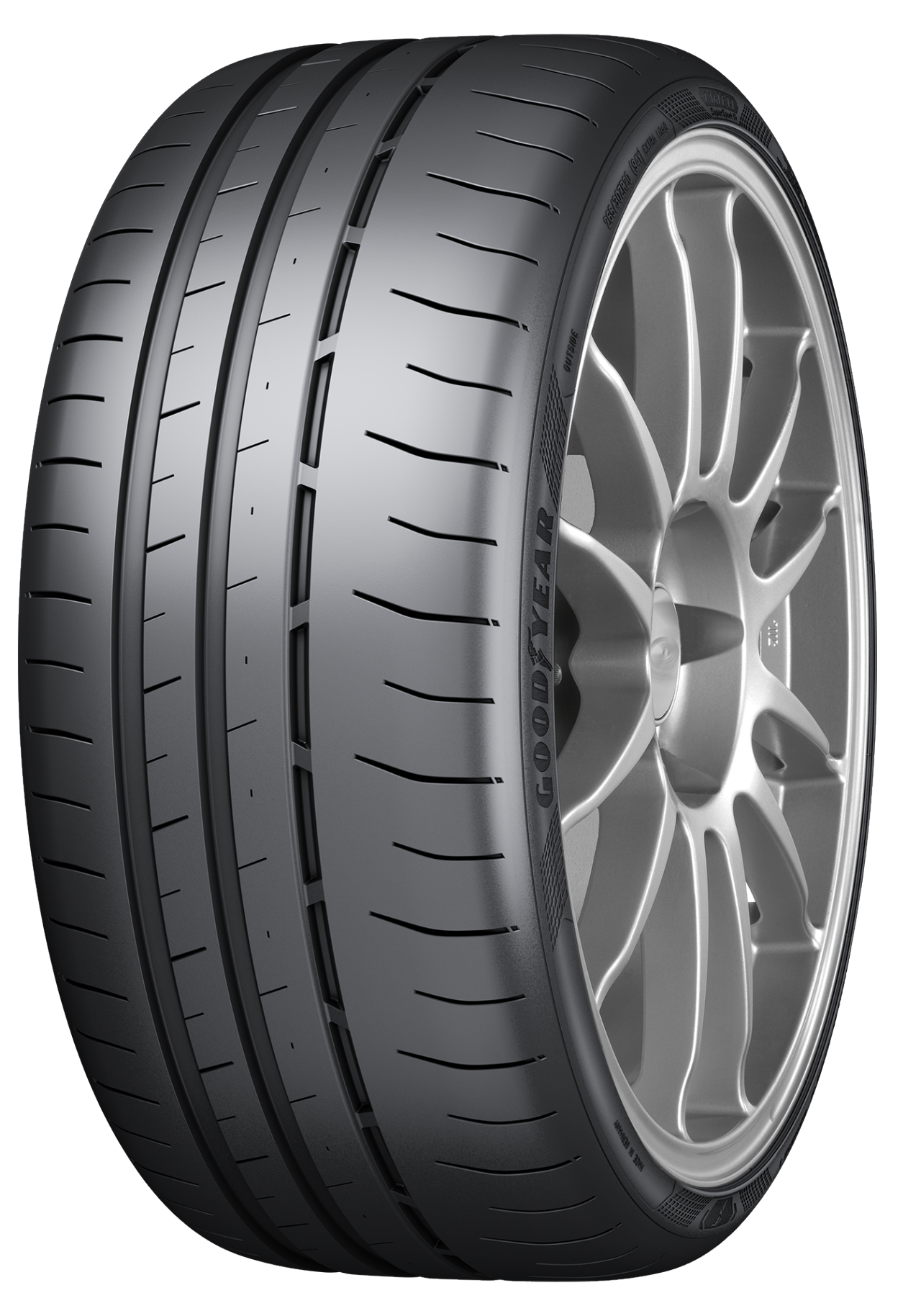Whether you’re up and down the motorway on a daily basis or just doing short city drives once a week, fuel efficiency is worth factoring into your tyre choice. Tyres can account for up to 20% of your vehicle’s fuel consumption, so choosing the right tyres can save you money every time you fill up.
Ultimately, you’re looking for tyres with a low rolling resistance. This will result in improved fuel efficiency every time you go for a drive. You can find the fuel efficiency rating on the tyre label, scored from A to G.
Don’t forget, fuel efficiency is also affected by incorrect tyre pressure, so make sure you keep your tyres well maintained.






